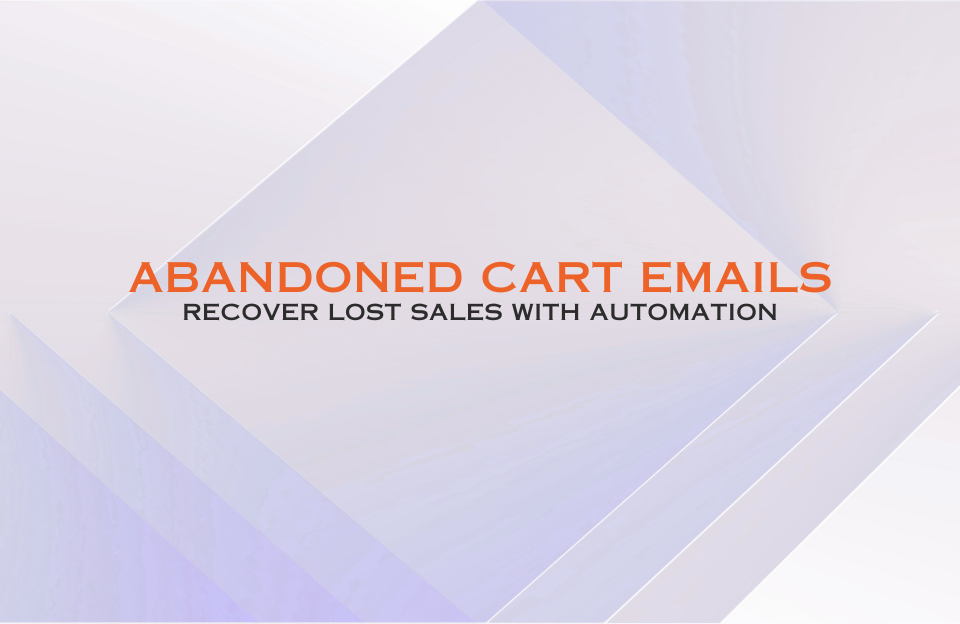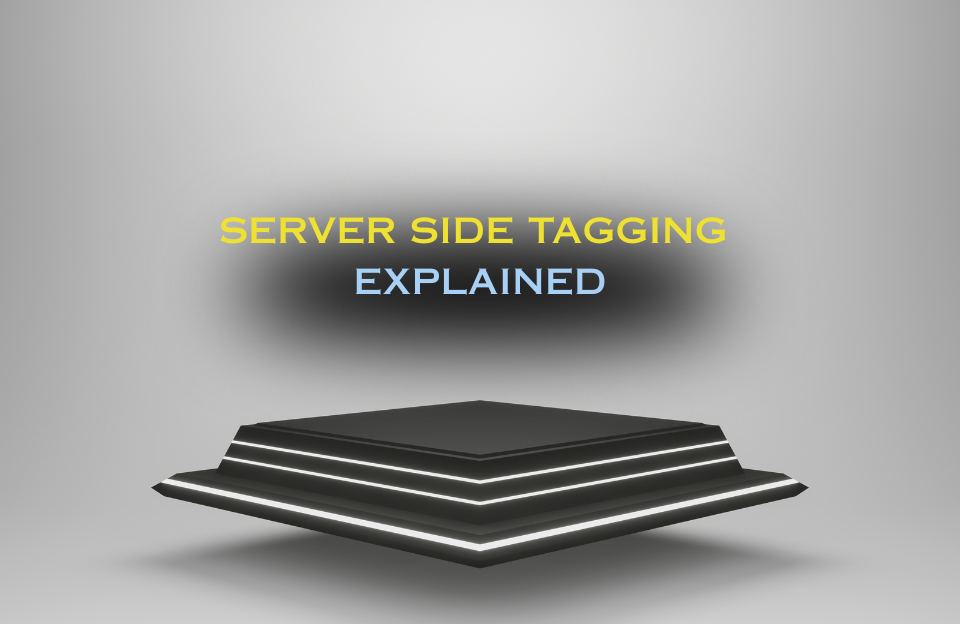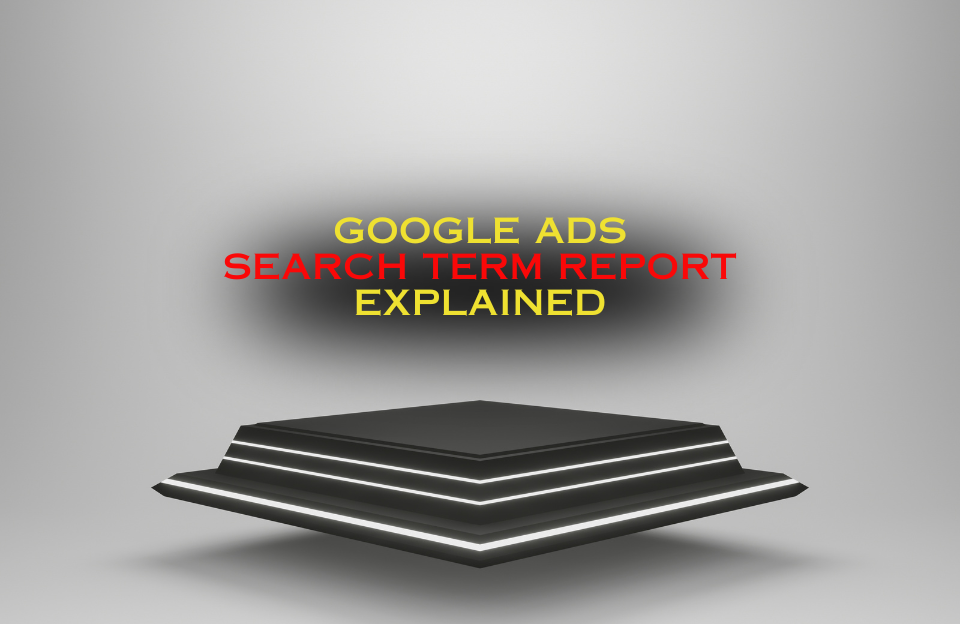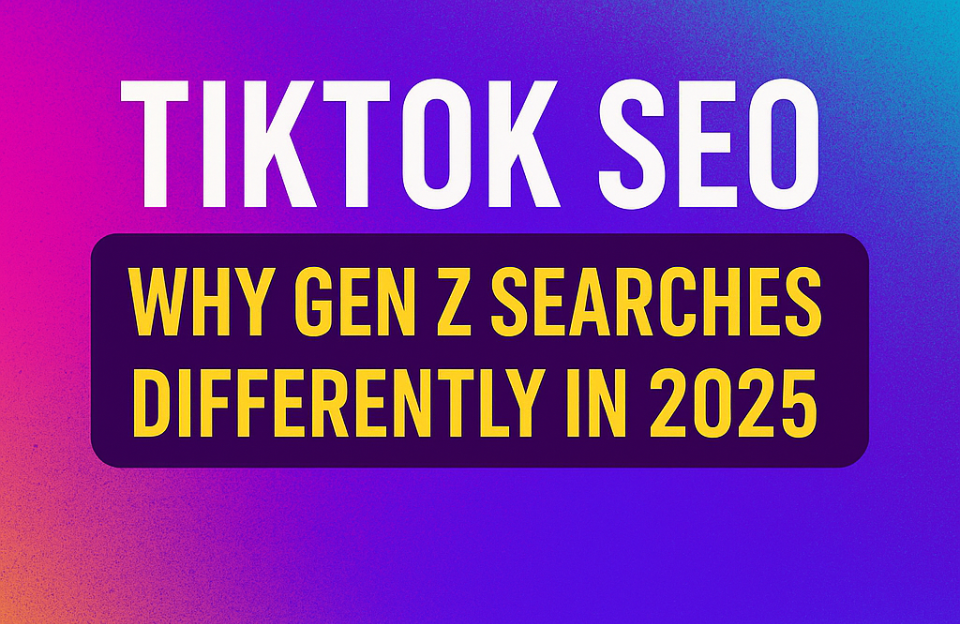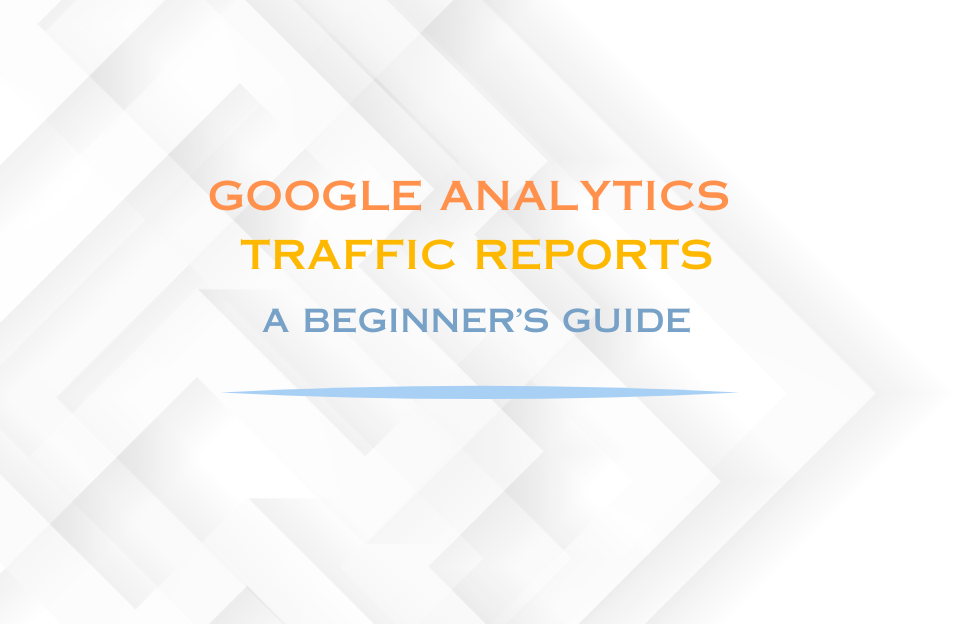Not every visitor who adds a product to their cart ends up completing the purchase. In fact, the global average cart abandonment rate is around 70%. The good news? You can recover many of those lost sales with a well-crafted abandoned cart email strategy.
What Is an Abandoned Cart Email?
An abandoned cart email is a follow-up message automatically sent to users who add items to their shopping cart but leave without completing the checkout. These emails remind them of what they left behind and encourage them to return and complete the purchase.
Why Abandoned Cart Emails Work
- High intent audience: These users already showed purchase interest—they just need a nudge.
- Proven ROI: Cart recovery emails are among the highest-performing email types in e-commerce.
- Easy automation: Once set up, they trigger automatically and require minimal upkeep.
- Personalization potential: Include product images, pricing, reviews, and tailored recommendations.
Timing: When to Send Abandoned Cart Emails
The key is balance: act quickly without being pushy. A popular 3-email sequence looks like this:
- 1 hour later: Friendly reminder — “You left something behind.”
- 24 hours later: Add value — show benefits, reviews, or scarcity (“Only 3 left!”).
- 72 hours later: Offer incentive — a discount, free shipping, or bonus item.
Examples of Effective Abandoned Cart Emails
- Amazon: Uses personalized subject lines and shows the exact items left behind with a clear CTA.
- Wayfair: Combines product imagery with urgency messaging (“Popular item—selling fast!”).
- Casper: Includes humorous, brand-friendly copy and a time-sensitive incentive.
What to Include in an Abandoned Cart Email
- Product details: Name, image, and price of the items left behind.
- CTA: Clear and focused, e.g., “Return to Your Cart” or “Complete My Order.”
- Social proof: Ratings, reviews, or testimonials to reduce buyer hesitation.
- Urgency: Limited-time offers or low-stock alerts.
- Incentive: A small discount or perk can go a long way (optional).
Tips for High-Performing Cart Recovery Emails
- Use automation tools: Most platforms like Klaviyo, Shopify Email, or Mailchimp support this feature.
- Segment smart: Treat new customers differently from returning ones. Test subject lines for each.
- Design mobile-first: Ensure the email loads fast, images render well, and CTAs are thumb-friendly.
- Test incentives: Not everyone needs a discount—test with and without to see what works.
- Monitor performance: Track open rate, click-through rate, and recovery rate to optimize the flow.
Common Mistakes to Avoid
- ❌ Sending just one email and calling it a day.
- ❌ Using generic content with no product details.
- ❌ Waiting too long to send the first message.
- ❌ Forgetting to test on mobile devices.
- ❌ Offering discounts too quickly—train users to expect it.
Conclusion
Abandoned cart emails are low-hanging fruit for e-commerce businesses. They help recapture interest, increase revenue, and build trust with hesitant buyers. When thoughtfully timed and designed, they can turn “almost customers” into loyal fans.
Explore more smart email automations:
